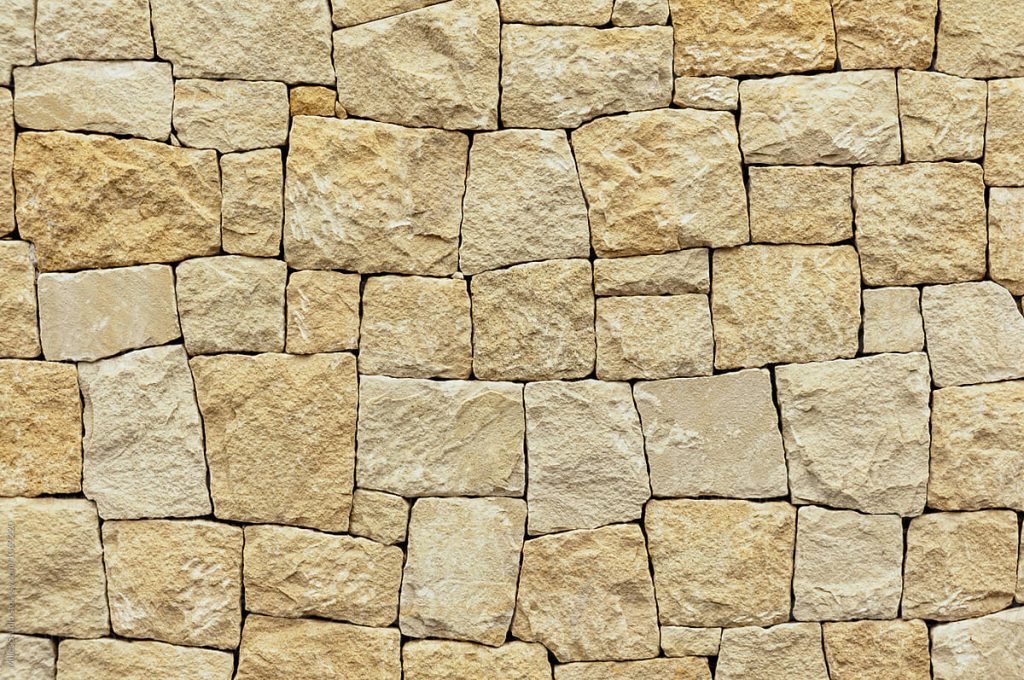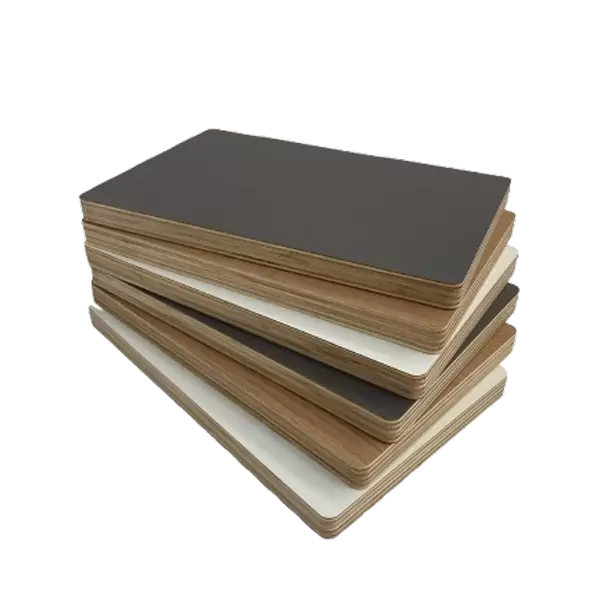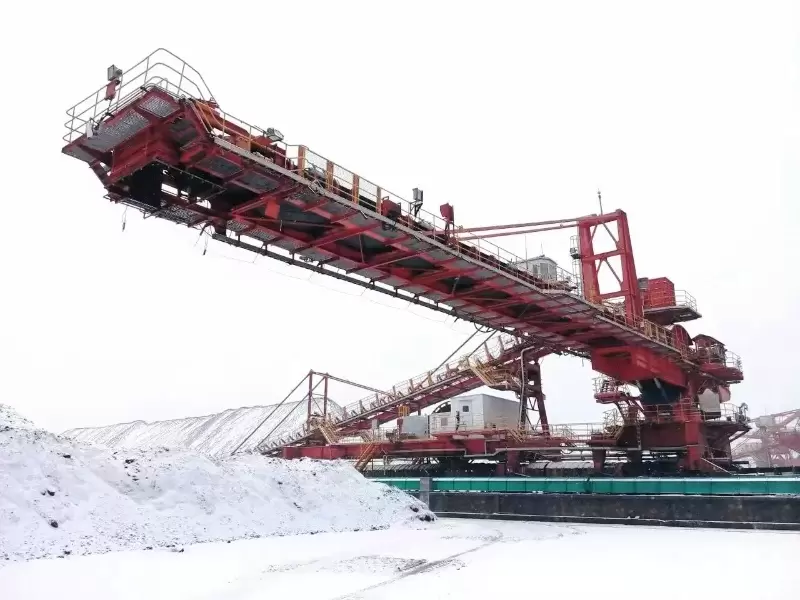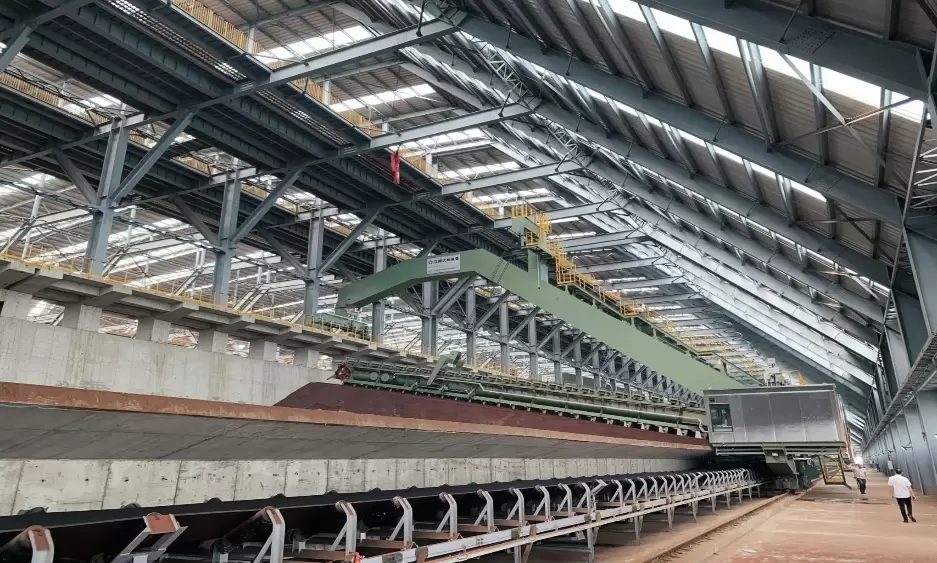
In the realm of materials science, the concept of strength and weakness is not as straightforward as it may seem. The weakest material in the world is not necessarily the least useful or the least interesting. In fact, it can be quite the opposite. In this article, we will delve into the fascinating world of materials science to uncover what is considered the weakest material in the world, and why this material, despite its apparent frailty, holds immense potential for various applications.
The term 'weak' in materials science does not merely refer to the material's ability to withstand physical stress. It also encompasses other factors such as tensile strength, compressive strength, shear strength, and elastic modulus. These factors collectively determine a material's mechanical properties and, consequently, its 'strength' or 'weakness'.
The Aerographite, a synthetic material made from a network of carbon tubes, is currently recognized as the lightest material in the world. However, its lightness does not necessarily translate to weakness. On the contrary, Aerographite exhibits impressive strength and elasticity, making it a promising material for various applications, including electronics and aerospace engineering.
On the other hand, the title of the 'weakest material' is often attributed to a class of substances known as aerogels. Aerogels, also known as 'frozen smoke' or 'solid cloud,' are synthetic porous materials derived from a gel in which the liquid component has been replaced with a gas. The result is an incredibly lightweight, almost ghostly material that, despite its ethereal appearance, boasts remarkable thermal insulation properties.
Silica aerogel, in particular, holds the Guinness World Record for the lightest solid material. It is composed of 99.8% air, with a density nearly 1000 times less than glass. However, its tensile strength is relatively low, making it susceptible to damage under mechanical stress. This characteristic, coupled with its low density, earns silica aerogel the title of the 'weakest material' in the world.
Despite its apparent weakness, silica aerogel is far from useless. Its exceptional thermal insulation properties make it an ideal material for various applications, including NASA's Mars Rovers, where it is used to insulate electronic components against the harsh Martian environment.
In conclusion, the 'weakest material' in the world, silica aerogel, is a testament to the fact that strength and weakness are not absolute terms in materials science. Instead, they are relative concepts that depend on the specific application in question. Despite its low tensile strength, silica aerogel's unique properties make it an invaluable material in various fields, highlighting the delicate dance between strength and weakness in the fascinating world of materials science.




